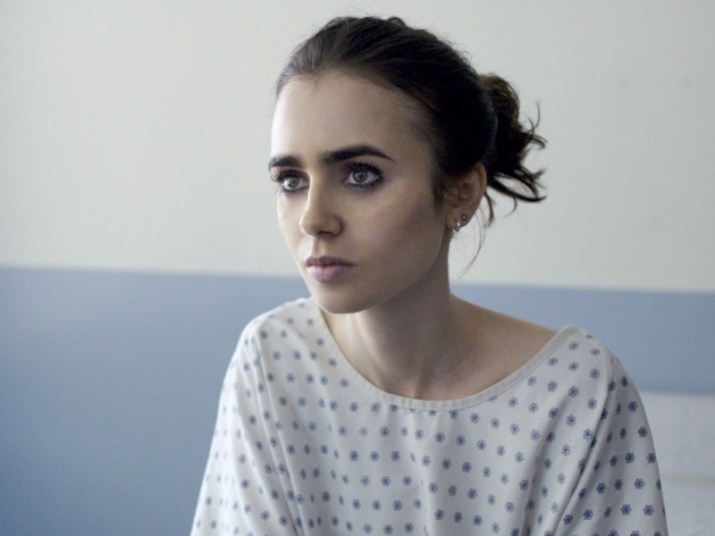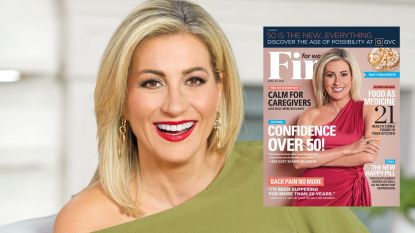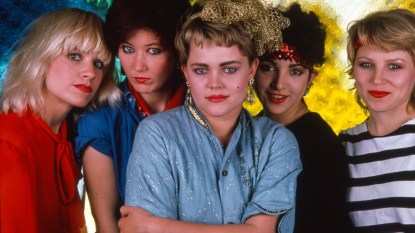Should Parents Let Their Daughters Watch ‘To the Bone’?

With debates still raging about 13 Reasons Why, the 2017 Netflix series both criticized and lauded for its portrayal of teen suicide, along comes another Netflix original, To The Bone, a film dealing with yet more sensitive and difficult content for young people: anorexia nervosa and mental illness.
Just its trailer, released last week, sparked outcry from critics—including mental health experts and those who have struggled with eating disorders. They called for a “trigger warning” and anticipated the movie’s potential glamorization of the most deadly mental illness with a mortality rate of 5.86 percent. Others, also including experts and people in recovery, defended the trailer and the film for its efforts to open up important conversations and bring a pressing societal issue that does not get enough attention to the forefront.
For parents, all of this begs the question, “Should I let my child watch To the Bone?”
To the Bone: Should My Child Watch?
The short answer is, maybe: Probably not, if your child is in the throes of anorexia and constantly seeking ways to advance the illness and drop more weight; probably yes, if he or she wants to, so long as you come to the viewing armed with information, watch it together, and are ready to process it together.
MUST-SEE: Mom Learns Daughter Is Teasing Needy Girls, Makes Her Pay Ultimate Price
To the Bone, which hits Netflix July 14, tells the story of 20-year-old Ellen (Lily Collins), who has struggled with anorexia and been in and out of treatment for years. She enters a group recovery home led by Dr. William Beckham (Keanu Reeves), a therapist who uses unconventional methods in working with his clients.
Only those closest to it can weigh in on To The Bone as a whole, but most of the outcry about the trailer surrounds big eating disorder 101 no-no’s – specifically the portrayal of Ellen counting calories aloud while assessing her meal, graphic images of her extreme thinness, and talk of weight-loss methods that could serve as a “primer” for kids at risk or diagnosed with anorexia.
“Those who suffer from an eating disorder often strive to reach unhealthy goal weights, and the film’s main character is someone a vulnerable person could potentially look up to,” Heather Senior Monroe, LCSW, director of program development at Newport Academy, told SELF magazine.
Not only might To The Bone trigger behaviors in struggling or recovering anorexics, but it also could inspire children to see anorexia as a viable way to manage difficult emotions and life situations.
“It is potentially risky to two groups of people, including those who have not yet developed an eating disorder,” Dasha Nicholl, chair of the eating disorders faculty at the Royal College of Psychiatrists, told The Guardian.
She also said there’s also a risk of trivializing this potentially fatal illness.
MUST-SEE: When Child’s Lunch Money Account Hit Zero, the School Did the Most Mortifying Thing to Him
“My anxiety is that because [the movie looks like] it has a happy ending and looks like such an enriching experience that it may seem to be an appealing way to address internal conflict,” she said. “I am just providing a warning about that. We have a responsibility to protect young people and people who are vulnerable.”
Does the Movie Glorify the Problem?
In addition to showcasing different methods Ellen uses to lose weight, the trailer features graphic images of her emaciated body.
“It’s possible that the movie could be seen as ‘glorifying’ the disorder, and possibly motivating for some people who use ‘thinspiration’ and other forms of social media as a network of support for their behaviors and disorder,” said Sarah Altman, Ph.D., a clinical assistant professor in psychiatry and behavioral health at The Ohio State University Wexner Medical Center.
She said a warning at the beginning of the movie informing viewers what they are about to see may be in order.
But Altman and other experts who have waved flags of caution are not really advocating against the film. Rather, they are encouraging parents to be mindful and to use To The Bone as an opportunity to open up the conversation about eating disorders and mental illness—much as parents are encouraged to talk about addiction and bullying with their children.
“Any discussion or destigmatizing of eating disorders is worthwhile,” Lori Ciotti, LICSW, assistant vice president of the Northeast Region of The Renfrew Centers told SELF. “If done well it can help those suffering feel less isolated and encourage them to reach out for treatment.”
Many proponents are quick to point out that both the leading actress and Director Marti Noxon have personal experience with eating disorders, lending credibility to the film, and promising a story that will be responsibly told.
MUST-SEE: Little Girl Takes Brilliant Shortcut to Complete Punishment Assignment, Teaches Us All a Lesson
“I know firsthand the struggle, isolation and shame a person feels when they are in the grips of this illness,” Noxon wrote in a Tweet responding to her critics.
“In an effort to tell this story as responsibly as we could, we spoke with other survivors and worked with Project Heal throughout the production in the hopes of being truthful in a way that wasn’t explosive.”
She reminded her followers that every person with an eating disorder has a unique story, and that Ellen in To The Bone is just one of those stories.
“My goal with the film was not to glamorize EDs, but to serve as a conversation starter about an issue that is too often clouded by secrecy and misconceptions.”
Watch the trailer for the Netflix original movie ‘To the Bone.’
More from FIRST
Handsome Dad Duets with Seriously Talented Little Son to Sinatra Hit













